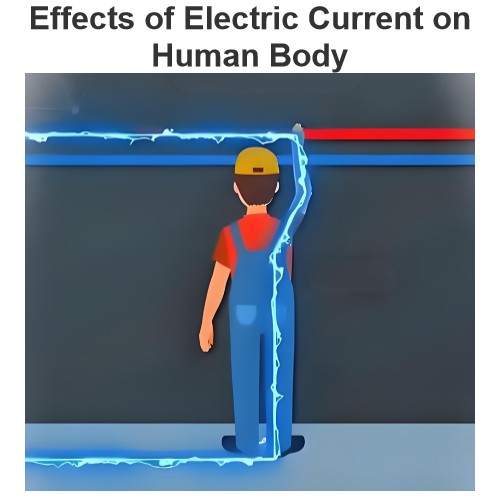What is the effect of the phase angle if a malfunction occurs in the power system?
Effect of phase Angle on power system failure
When a power system fails, the phase Angle between voltage and current changes. This change is essential for understanding and analyzing the operating state of the power system. The following is a detailed explanation of the effect of phase Angle in the case of failure:
Change in phase Angle
Fault type and phase Angle: A short circuit fault, whether symmetrical or asymmetrical, can cause a significant change in the phase Angle between voltage and current. In symmetric fault, the voltage and current of all phases are synchronized, and the phase Angle is almost constant. In asymmetric faults, the voltage and current phases of different phases may be different.
Fault detection and protection: Power system protection devices, such as circuit breakers, rely on phase information to determine the type of fault and take appropriate action. The change in phase Angle can help the protection system identify the fault and quickly isolate the fault area.
Power system stability: Transient failures, such as recovery after a short power outage, may lead to instantaneous changes in voltage and current, thus affecting the stability of the power system. Protection systems need to respond quickly to prevent oscillations or crashes.
Fault current analysis: Different types of faults (such as ground faults) can cause current to flow into the ground, which can affect the voltage waveform, which in turn affects the phase Angle between voltage and current. By analyzing the change of phase Angle, we can infer the specific situation of the fault.
In summary, the change of phase Angle during power system fault is an important basis for analyzing fault type, evaluating system stability and protecting equipment action. Different fault types will lead to different phase Angle characteristics, which is very important for real-time monitoring and fault handling of power system.
The Electricity Encyclopedia is dedicated to accelerating the dissemination and application of electricity knowledge and adding impetus to the development and innovation of the electricity industry.













